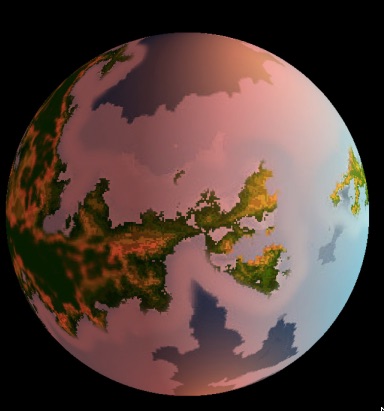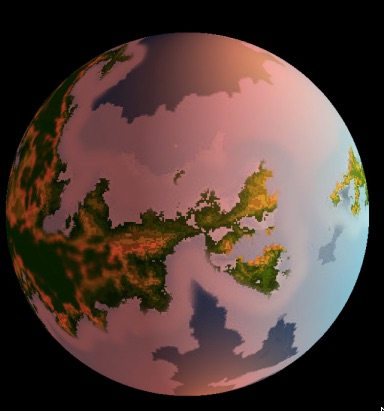Kepler-1638 b is one of 1,284 exoplanets discovered (2016) by NASA’s Kepler Space Telescope, which looks for exoplanets using the transit method. This method also estimates the size of the exoplanet when it is discovered (for more information on the transit method -> http://www.exoplanetkyoto.org/study/method/). Kepler-1638 b has a radius 1.87 times that of the Earth (Molton et al. 2016) and the orbital length radius (distance from the host star, Kepler-1638) of the planet Kepler-1638 b is about 0.745 AU (Torres et al. 2016). This led to the thought that Kepler-1638 b could be a planet very similar to Earth when focusing on the size and orbital length radius.
The host star, Kepler-1638, is also considered to be similar to our Sun. Its radius is 0.95 times larger than the Sun, its mass is 0.97 times greater, and its temperature is 5,710 K, almost the same as the surface of the Sun (5,772 K.) Does Kepler-1638 have an atmosphere or a magnetic field? Could Kepler-1638 b be an Earth-like planet and have the possibility of sustaining life?
For more information about Kepler-1638 b, please visit the ExoKyoto Database:



